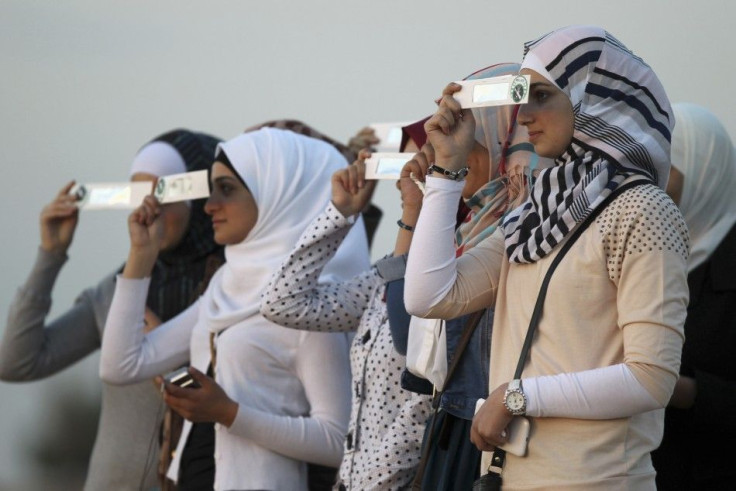Rare Phenomenon Of Supermoon Total Solar Eclipse Coming Up On March 20 In Britain; Power Disruption Expected

Europe's biggest total solar eclipse in the last 15 years will begin at 8:45 a.m. UT on Friday, March 20. The equinox eclipse is expected to cause power disruption in a massive way across the nation since 35,000 MW of power will be lost as people witness the rare phenomenon.
According to the Huffington Post, as the solar eclipse occurs over the Arctic and northern regions of Europe, 98 percent of the sunlight in Scotland and over 85 percent in London will be blocked. This speculation has raised concerns among the scientists who have warned that the upcoming solar eclipse could possibly bring an energy blackout with it.
The longest duration of the eclipse is expected to be around two minutes and 46 seconds. Within this duration, the solar energy scientists believe that the power systems in the Europe will have to shift the load by -10 MW to +15GW to meet the power requirement across the continent.
The partial solar eclipse will initiate in parts of Europe at 8:45 a.m. and the maximum eclipse (blackout) is expected to be noticed around 9:31 a.m. Partial solar eclipse will be visible over Southern Britain, Russia, and North Africa. The blackout is expected to end around 10:41 a.m. The time of the eclipse will, however, vary within regions in Northern and Southern parts of Europe.
A night before the eclipse, the sun will be as close to the moon as it can ever be. This will give rise to a phenomenon called "Supermoon."
The last major solar eclipse phenomenon that happened in Europe was in 1999 when enthusiasts from across the world travelled to UK to witness the spectacular lunar activity.
To report a problem or to leave a feedback on the article, send an e-mail to emailtoguneet@gmail.com.





















